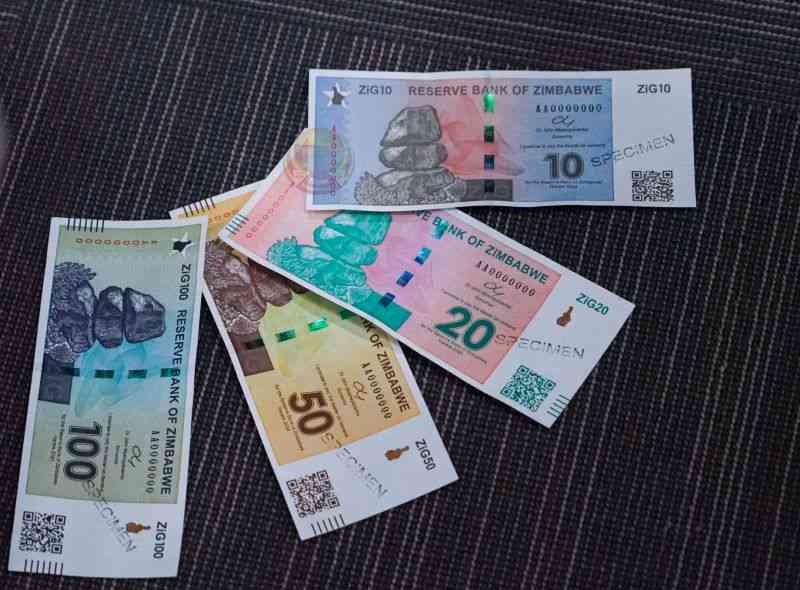
Electronic transactions under the new currency, Zimbabwe Gold (ZiG), began last week after banks and mobile money operators successfully completed the conversion of balances to the new structured currency from the Zimdollar.
Reserve Bank of Zimbabwe governor John Mushayavanhu introduced ZiG on April 5 to replace the Zimdollar. ZiG is a structured currency backed by reserves that include gold and foreign currency.
The Zimbabwe dollar will officially cease to circulate on April 30 when the new notes and coins will be introduced.
However, the Zimdollar’s exit was quickened two weeks before its expected demonetisation after traders rejected the notes.
Instead, traders and commuter omnibus crews are giving customers and passengers biscuits or sweets as change.
This is why we find it absurd that authorities want to descend on traders that are rejecting the Zimdollar. It will be a waste of resources if authorities were to go that route.
They should not be expending their energies on a currency that Zimbabweans rejected, resulting in 85% of transactions being conducted in United States dollars.
ZiG has held its own in the first week and has been embraced by some retailers that were selling solely in United States dollars in the last few weeks before Mushayavanhu’s new monetary policy measures.
- DPC pays out $139 million
- Zimdollar shortage hits market
- Nedbank Zim profit surges
- Editor's Memo : Clean up procurement corruption
Keep Reading
In addition, others that used to “punish customers” buying in local currency under the guise of offering huge discounts on US dollar transactions are back to normal, displaying prices in ZiG.
This is a sign that retailers have confidence in the new currency, despite policy missteps by monetary authorities.
To sustain the confidence, the central bank must walk the talk. If it says notes and coins will be introduced on April 30, they must be rolled out on that date and no excuses.
Mushayavanhu has said ZiG will be fully convertible to the extent that those with genuine foreign currency needs can approach their banks and get assisted.
This, Mushayavanhu said, would build confidence which is earned and not legislated. This realisation ensures that there won’t be knee-jerk reactions in the form of legislation.
Monetary authorities must tell the market the value of notes and coins to be released and the amount of gold and cash in reserves once they increase the amount of money circulating in the economy.
This openness will kill any speculation that the printing press will be abused to meet pressing national needs, especially this year when the government has declared the drought a state of national disaster and is appealing for US$2 billion to avert famine.
Mushayavanhu has declared that “not under my watch” will the bank be engaging in quasi-fiscal activities and printing money which is not backed by reserves. This is a good starting point. However, it needs to be backed by actions.
Politicians have the knack of muddying the waters for central bankers in their populist drive. Mushayavanhu must have the spine to ward off proposals by politicians whose only aim is getting elected and re-elected.
Mushayavanhu said his monetary policy measures sought to achieve the twin objectives of price and exchange rate stability and making the local currency as a medium exchange and a store of value.
When the economy tanks, the signs will be visible through exchange rate volatility, high inflation and a depreciating currency. Once that happens, the central bank becomes the punching bag.











